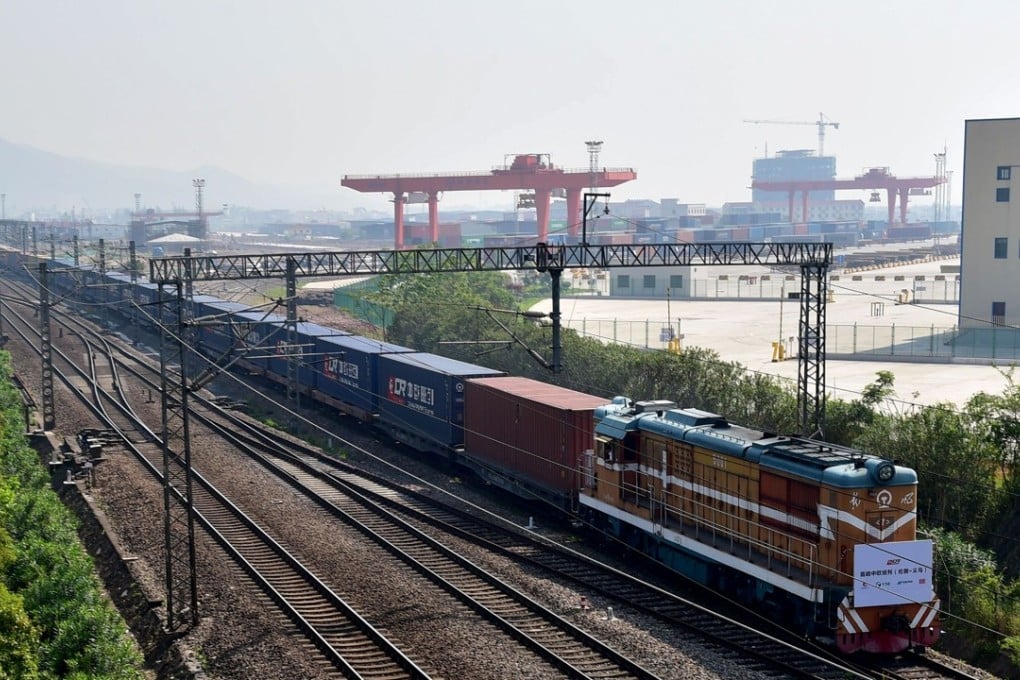The centrepieces and setbacks along China’s new Silk Road

Three continents, 60-plus countries and 30 per cent of the world’s gross domestic product – on the surface the numbers of China’s “Belt and Road Initiative” sound impressive.
But when it comes to the projects that make up the modern-day take on ancient trade routes, there have been many bumps along the road.
Here are the key projects that make up the initiative:
● China to London rail link
The first freight train completed its 12,000km, 18-day Silk Road journey from London in Britain to Yiwu, in Zhejiang province, last month. State media hailed the trip as a landmark achievement for the belt and road project. It’s hoped the route will improve trade ties between the two countries.
● China-Pakistan Economic Corridor
The US$57 billion corridor to connect China’s western provinces to the sea via Pakistan’s Gwadar Port is the biggest project under the belt and road banner. It includes various projects such as the China-Pakistan highway, railways, pipelines and power lines. One key project is the US$1.65 billion Karot hydropower plant in Pakistan, which is sponsored by China Three Gorges Corporation, and is expected to help address power shortages in Pakistan.
● Central Asia-China gas pipeline